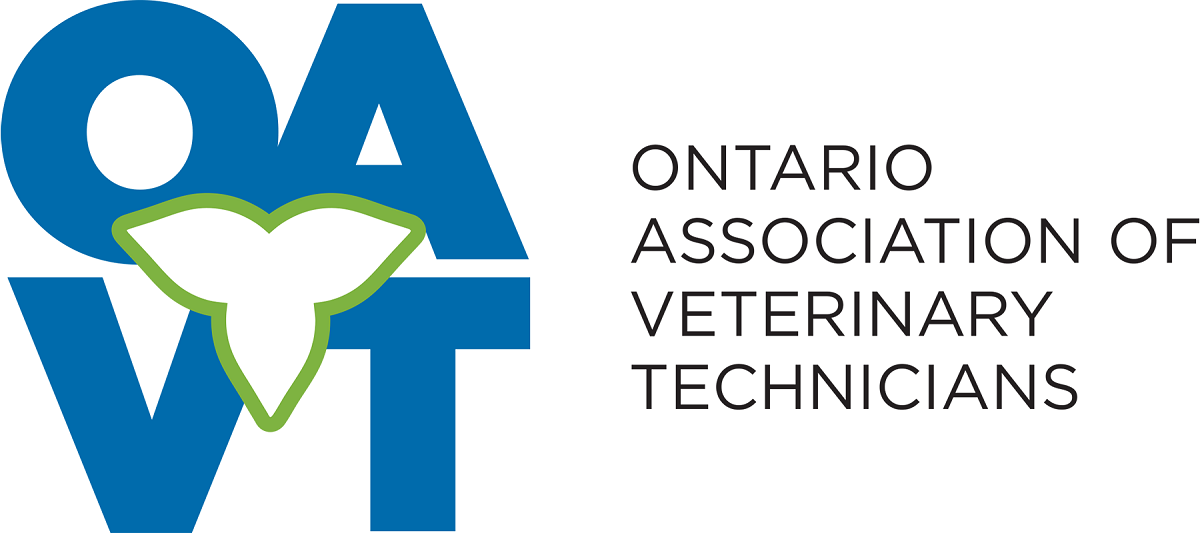Telemedicine has been available as a veterinary service for several years, however the COVID-19 pandemic has driven expansion of its use. Adopting technology as an alternative to in-person interaction has helped veterinary professionals remain in line with COVID-19 safeguards while attending to client and patient needs. The role of telehealth in veterinary medicine is evolving and RVTs can be part of that growth.
You’ve likely heard several different terms circulating around: telehealth and telemedicine are the two used in Ontario. So, what do they mean?
As defined by the College of Veterinarians of Ontario:
- Telehealth: Telehealth is the overarching term that encompasses all uses of technology geared to remotely deliver health information, education or care remotely. Telehealth includes a broad variety of technology and tactics to deliver virtual medicine, health and education services. Telehealth is not a specific service, but a collection of tools which allow veterinarians to enhance care and education delivery. Telehealth encompasses both telemedicine and general advice.
- Telemedicine: Telemedicine is the provision of specific veterinary medical advice and veterinary treatment of an animal(s) based on the remote diagnosis of disease and injury by means of telecommunications technology where no physical examination of the animal(s) by the veterinarian takes place. It does not include consultation between veterinarians where colleagues in different physical locations consult remotely with each other or the provision of general, non-specific, advice.
Many RVTs are proficient in assisting clients through phone conversations (such as post-op follow ups), and likely do so daily. Currently in Ontario, RVTs are only able to offer advice specific to an animal when doing so in collaboration and cooperation with a licensed veterinarian and in association with an accredited facility. It is strongly recommended that RVTs and veterinarians work together and develop robust Standard Operating Procedures (SOPs) to guide these conversations, including what to do in an emergency or in cases where a valid Veterinarian-Client-Patient relationship hasn’t been established.
We are hearing more often about companies that wish to offer telehealth and related services and are looking to RVTs to help provide this service. RVTs should do their research to determine that the company is affiliated with a licensed veterinarian working out of an accredited facility. Here are some questions you can ask:
- Where are you functioning/operating from?
- What is the veterinary oversight? How is this built into the model and how readily can it be accessed?
- What is the role of the RVT in this model?
- Do you have SOPs and may I see some examples?
Reference documents:
- CVO and Delegation: https://cvo.org/CVO/media/College-of-Veterinarians-of-Ontario/Resources%20and%20Publications/Professional%20Practice%20Standards/Delegation.pdf
- CVO and Telemedicine: https://cvo.org/getmedia/57fa4e6f-3bbb-4596-9d89-c5f5a4772bd4/Telemedicine.aspx
- OAVT Regulation Policies
- Veterinarians Act: https://www.ontario.ca/laws/statute/90v03
